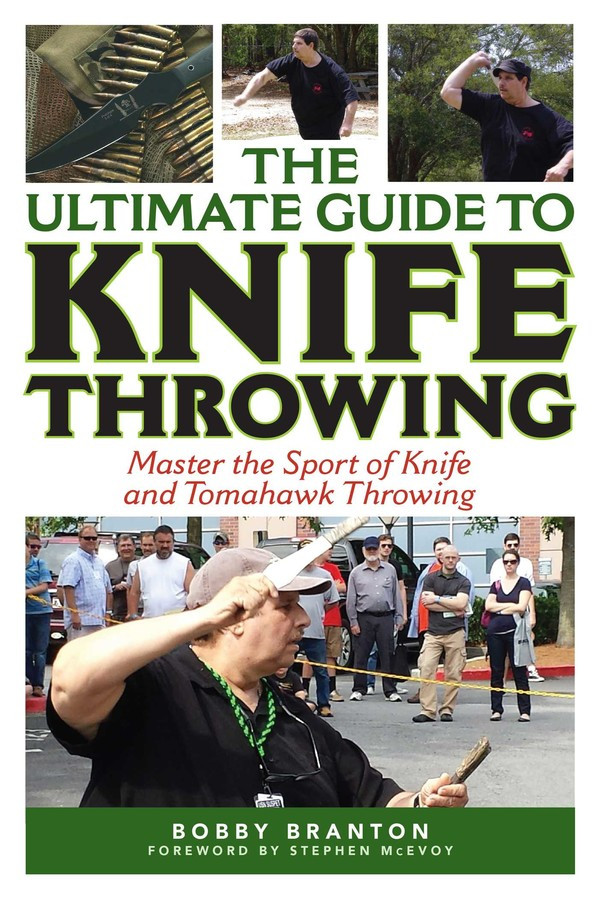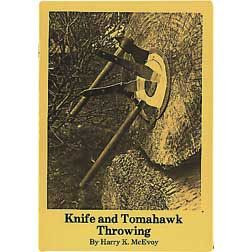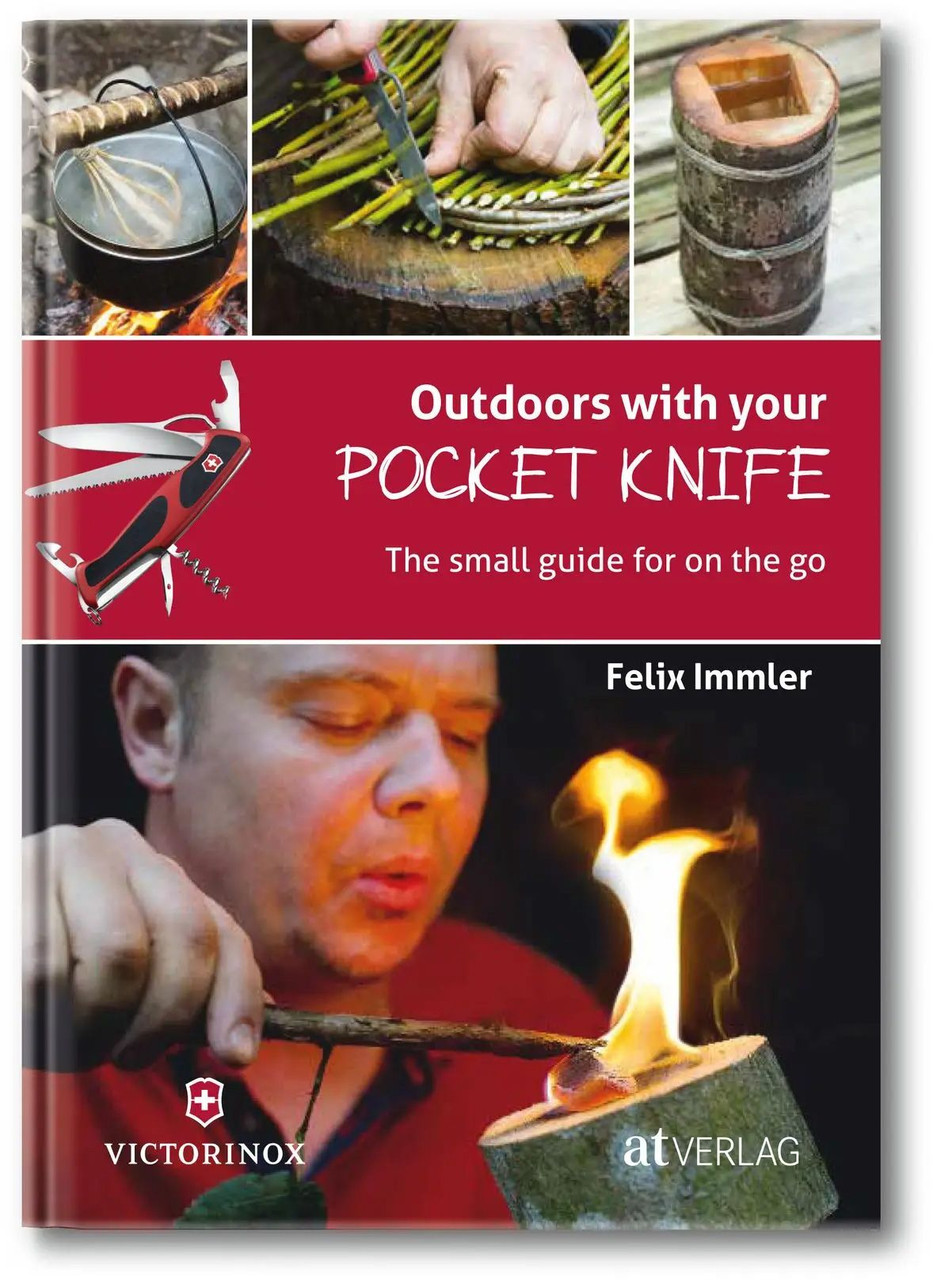| Content | The ancient art of trapping goes back centuries, almost to the beginning of civilization. Native Americans used the pit trap, deadfalls, and snares, the Chinese documented the use of nets and pits in the fourth century BCE, and virtually every civilization can exhibit some example of the use of a trap in one form or another to procure meat, hides, or fur. The fur trade across Europe was dominated by the Russians, which provided furs to the greater part of Western Europe and Asia during the Middle Ages, which prompted the exploration of Siberia and its game rich forests. In North America, trapping was one of the primary reasons why settlers pushed West, taking advantage of the bountiful game across the continent. Fur was used not only for coats, hats, and mittens, it was used as a form of barter.
The taking of a fur-bearing animal was and is a big accomplishment, as fooling a crafty animal on its home territory is no easy feat. In Trapping 101, veteran trapper Phil Massaro reveals all the secrets of the trade, from knowing where to set traps, to understanding and using various types of traps, to properly using scents. Tips and tactics for taking beavers, muskrats, weasels, raccoons, skunks, otters, and more are all covered. While there is a wealth of information in here for beginners, information that will help them pick up trapping with relative ease, there are many subtle tips and tricks that even a veteran trapper will appreciate.
Times have, of course, changed since the days of the voyageurs and rendezvouses. There are many more people in this modern world, many more dwellings, many more towns and cities. But there is a place for trapping in all this, just as there are places for hunting and fishing. A knowledgeable trapper, following game rules and respecting the animals he is trying to trap, fits right into the grand scheme of Mother Nature existing in harmony with humankind. This book will help you achieve that.
| Now outdoorsman and survivalists can own the official US Army guide to edible plants. Whether you are a stranded soldier, a wilderness hiker, or you just want to know which plants growing in your backyard are edible, this is an invaluable resource.
Anyone who has spent serious time outdoors knows that in survival situations, wild plants are often the only sustenance available. The proper identification of these plants can mean the difference between survival and death.
This book describes habitat and distribution, physical characteristics, and edible parts of wild plants—the key elements of identification.
Hugely important to the book are its color photos. There are over one hundred of them, further simplifying the identification of poisonous and edible plants. No serious outdoors person should ever hit the trail without this book and the knowledge contained within it.
| Essential Skills to Survive Any Crisis You're a backpacker or a hunter lost in the woods after sundown; what do you do? Your car flips over on an empty highway; how will you survive until morning? If you were left alone in the middle of the wilderness, would you be able to make it? While current technology, such as cell phones and GPS, is helpful, when you are lost in the wilderness the best things you can rely on are your own skills. Badass Survival Secrets will introduce you to everything that you need to survive when the unexpected happens. In this book you'll learn basic survival skills such as:- How to build a fire- How to find clean water- How to find food that is safe to eat- How to build a shelter- Basic navigation From the forest, to the tundra, and everywhere in between, Badass Survival Secrets contains all that you need to become a badass survivalist expert. Specifications:- Number of Pages: 128- Size: 6" x 9"- Type: Softcover. |
- Sections dealing with all kinds of emergency situations
- Great companion book to the Pocket Guide to Emergency First Aid
- Spiral binding lets pages lay flat for easy reading in the field
- Side tabs let you find the right chapter quickly
- Fully waterproof, dirt-proof, tear-proof, wind-proof, kid-proof.
- Pages are made of specially formulated, heat-treated, PVC plastic - polished, resin-coated polyvinylchloride polymer). Pages feature:
- Bright white printing surface - all printing is clear and precise
- Virtual indestructibility - the pages can't rip or tear, and the corners won't bend over
- Flexibility - pages can bend without breaking
- Washable surface - just wipe clean after use or wash in water
- Steel rule die cut with polished edges - the corners won't poke you while in your hand or in your pocket, as often happens with plastic printed materials
- Will not warp, fade or deteriorate. (Keep out of direct sunlight for prolonged periods - nothing can prevent the sun's ultraviolet rays from "yellowing" any kind of paper or plastic. Under normal conditions it will take years of use for these Pocket Guides to "yellow", and even then they will remain clear and perfectly readable!)
| If you’ve ever wanted to learn how to throw knives or tomahawks, look no further than The Ultimate Guide to Knife Throwing. This comprehensive guide is perfect for everyone from novices who have never picked up a knife to seasoned knife and tomahawk throwers looking to compete in their first tournament.
Bobby Branton has been a foremost expert in the field of knife throwing and handcrafting custom throwing knives for over thirty years and shares his expertise here with easy step-by-step directions. Branton shows readers two methods of throwing knives that are most popular with knife throwers today. He will also share his extensive knife-making experience by showing readers how to make a quality throwing knife on a budget.
In addition to improving technical skills, this guide will also give readers a brief history of the sportcovering everyone from the pioneers of the sport to today’s modern impalement artists. This book will give you the tools needed to learn everything from the basics of knife and tomahawk throwing to how to start your own knife and tomahawk throwing club. Readers will learn how to construct targets, learn the basic stance, basic knife and tomahawk grips, and the mechanics of throwing knives and tomahawks. Branton’s guide gives an in-depth look at this fast-growing sport, with a strong emphasis placed on safety.
The Ultimate Guide to Knife Throwing is a must for anyone interested in the sport of knife throwing.
| Knife and Tomahawk Throwing by Harry K. McEvoy. 28 pages. |











